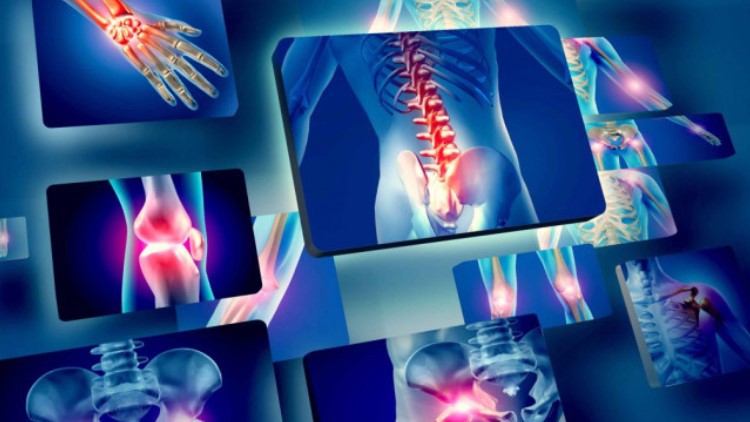
A Review of the Literature
What you will learn
Recognize the secondary conditions associated with chronic musculoskeletal pain
Identify the components of the Biopsychosocial Model for Pain
Identify the components of the Fear-avoidance Model for Chronic Pain
Explain the rationale supporting a multidisciplined and collaborative approach for treating chronic musculoskeletal pain
Description
This course is designed for health and fitness professionals working with adults experiencing chronic musculoskeletal pain (CMP). CMP remains a significant issue that affects many adults and often involves various secondary conditions, such as anxiety, depression, and disability that diminish their quality of life.
Researchers have associated chronic pain with physiological, mental, emotional, social, and environmental factors best explained by the Biopsychosocial Model of Pain. Additionally, these biopsychosocial factors may lead to a series of behaviors that hinder program adherence, recovery, and a decline in quality of life as explained by the Fear-Avoidance Behavior Model of Musculoskeletal Pain. This virtual course will review the current research evidence associated with CMP, discuss the secondary conditions and their many biopsychosocial factors, the two models that best describe the chronic pain cycle, and the best practices for addressing the CMP condition and improving the quality of life for those experiencing CMP. The purpose of this course is to educate health and fitness professionals about the complexities of the CMP experience and promote interprofessional collaboration as a means to better serve adults experiencing CMP.
While this course is designed for health and fitness professionals serving adults with CMP, everyone is welcome to take this course to better understand the complexities of CMP. Aside from health and fitness professionals, adults experiencing CMP and their caretakers may find a better understanding of the condition with this course and which professional disciplines may best meet their needs based on their individual factors. This course should take approximately 90 minutes to complete.